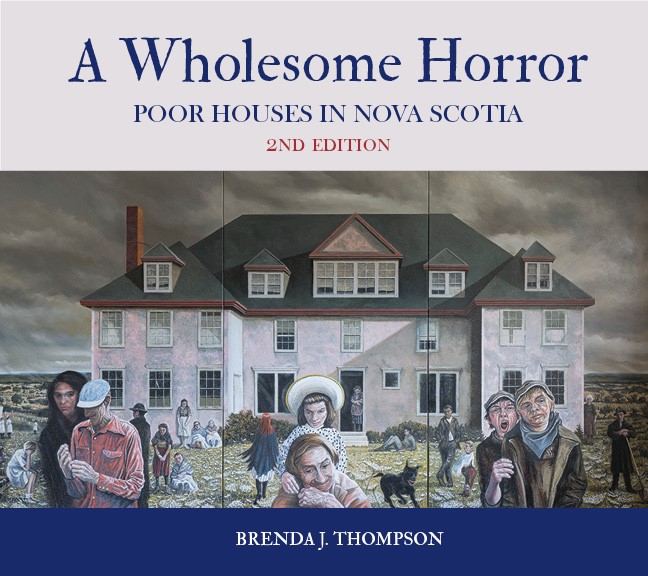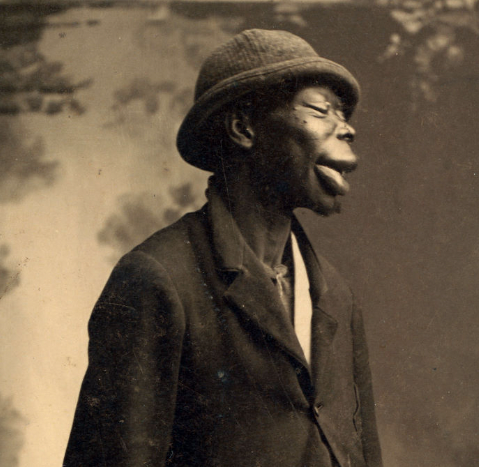
This blog has been running for almost 5 years! It served me well in my early days of writing the novel as motivation when inspiration ran dry. Later, when the book came out, this blog became a digital scrapbook of highlights like the book launch. I don’t want to retire this blog yet but I would like to direct any readers to my new Substack: Nova Sociable
The goal of Nova Sociable is to be a central place for interviews with creative people in Ireland, Canada and beyond. I hope you like it!







